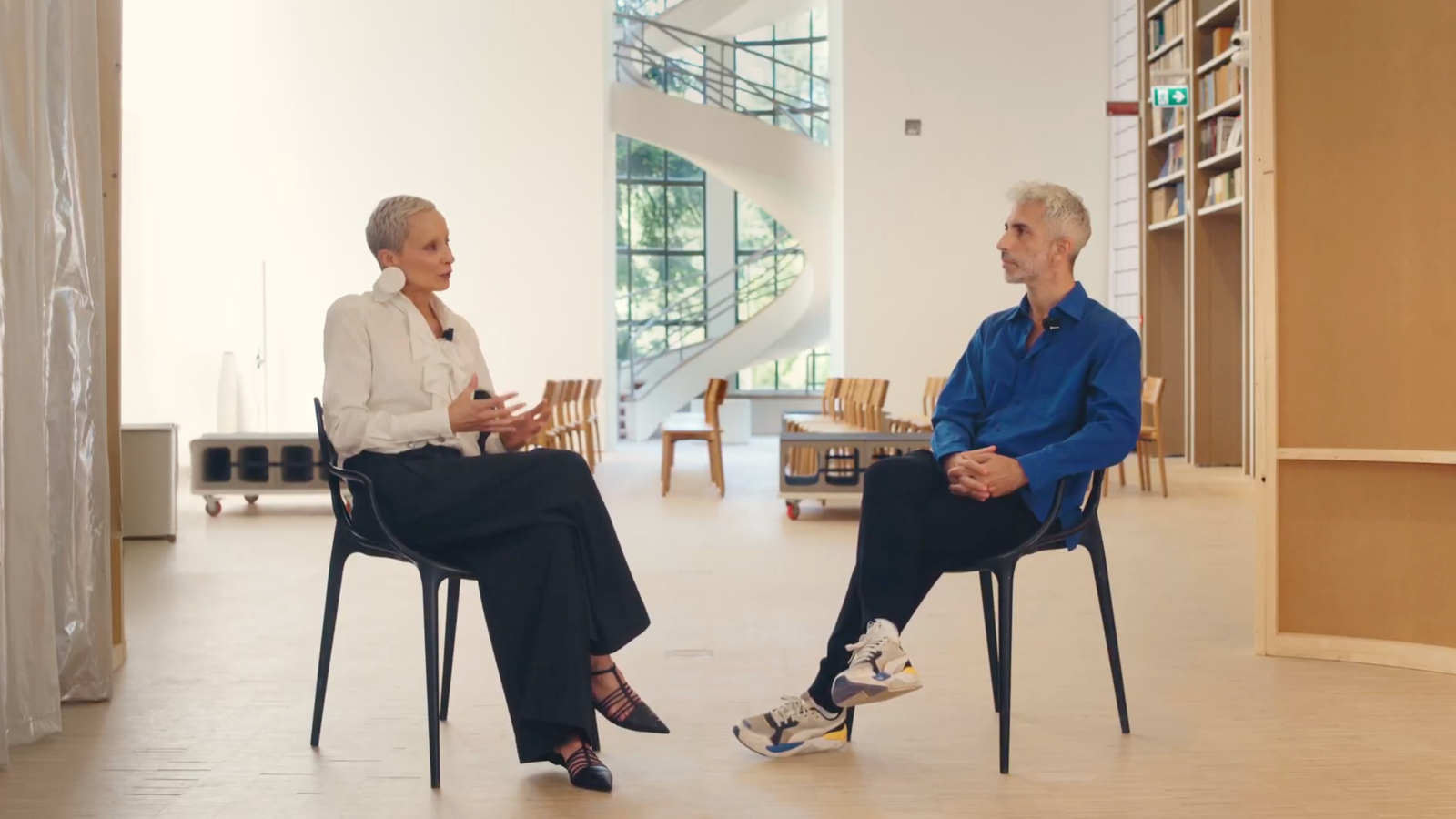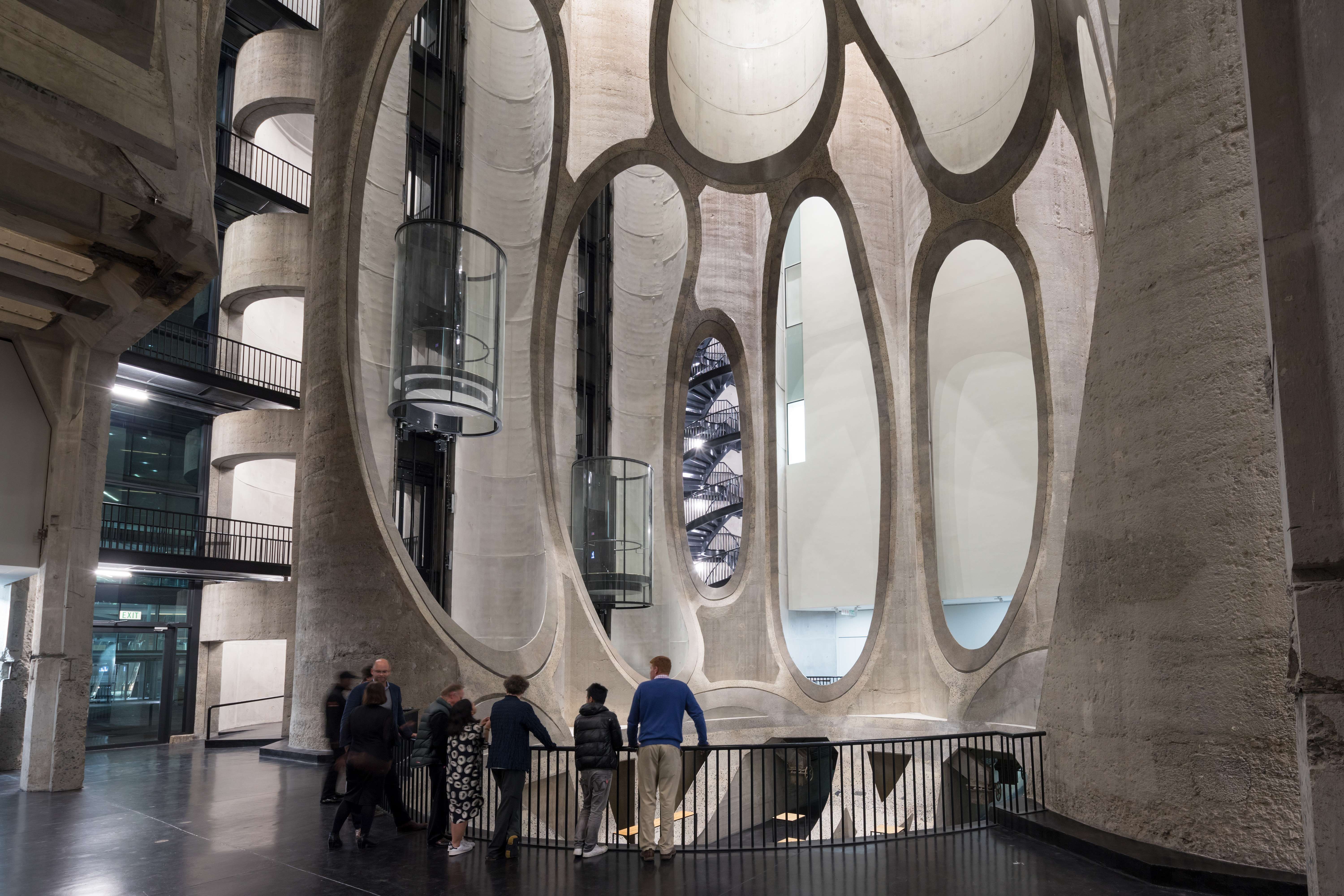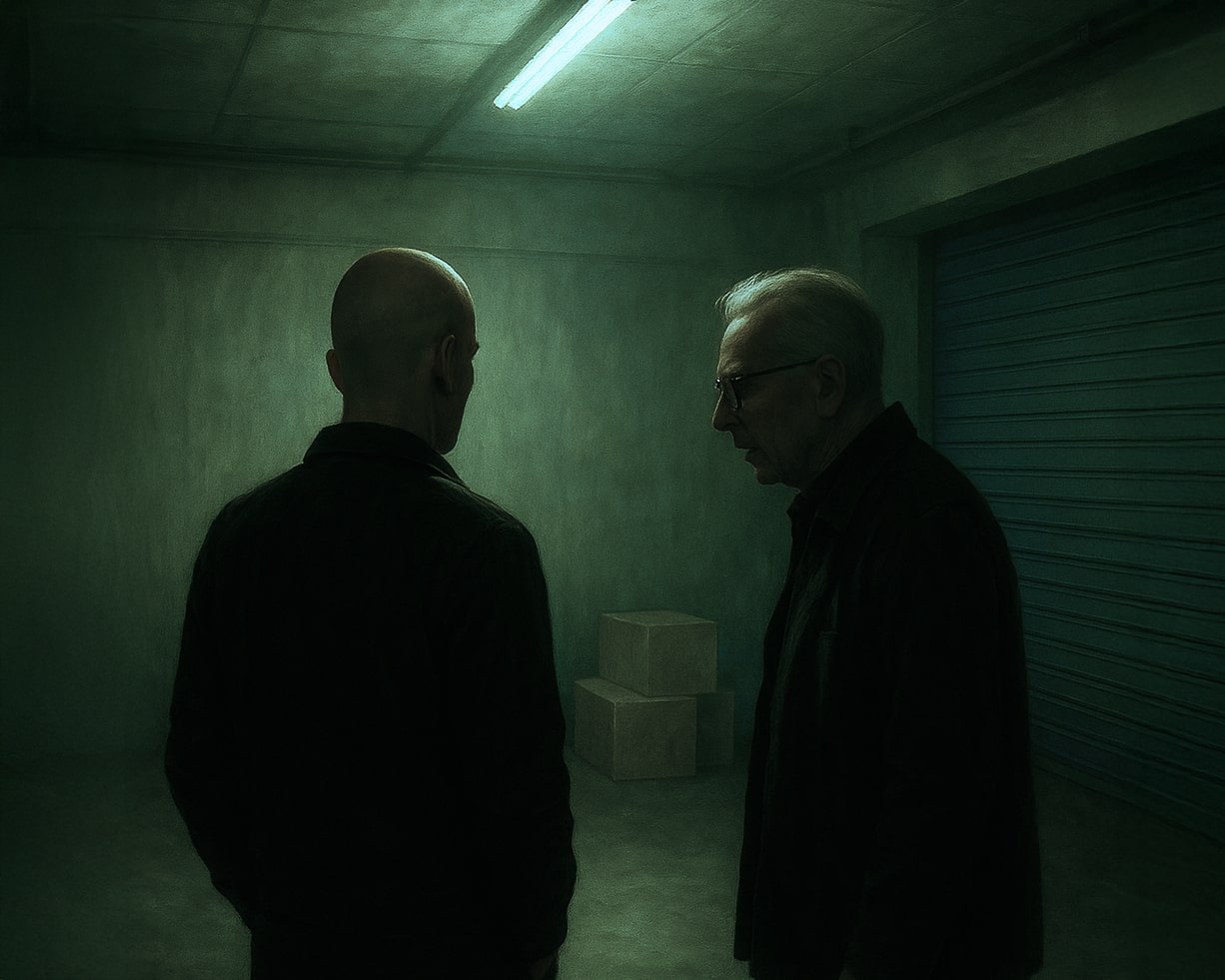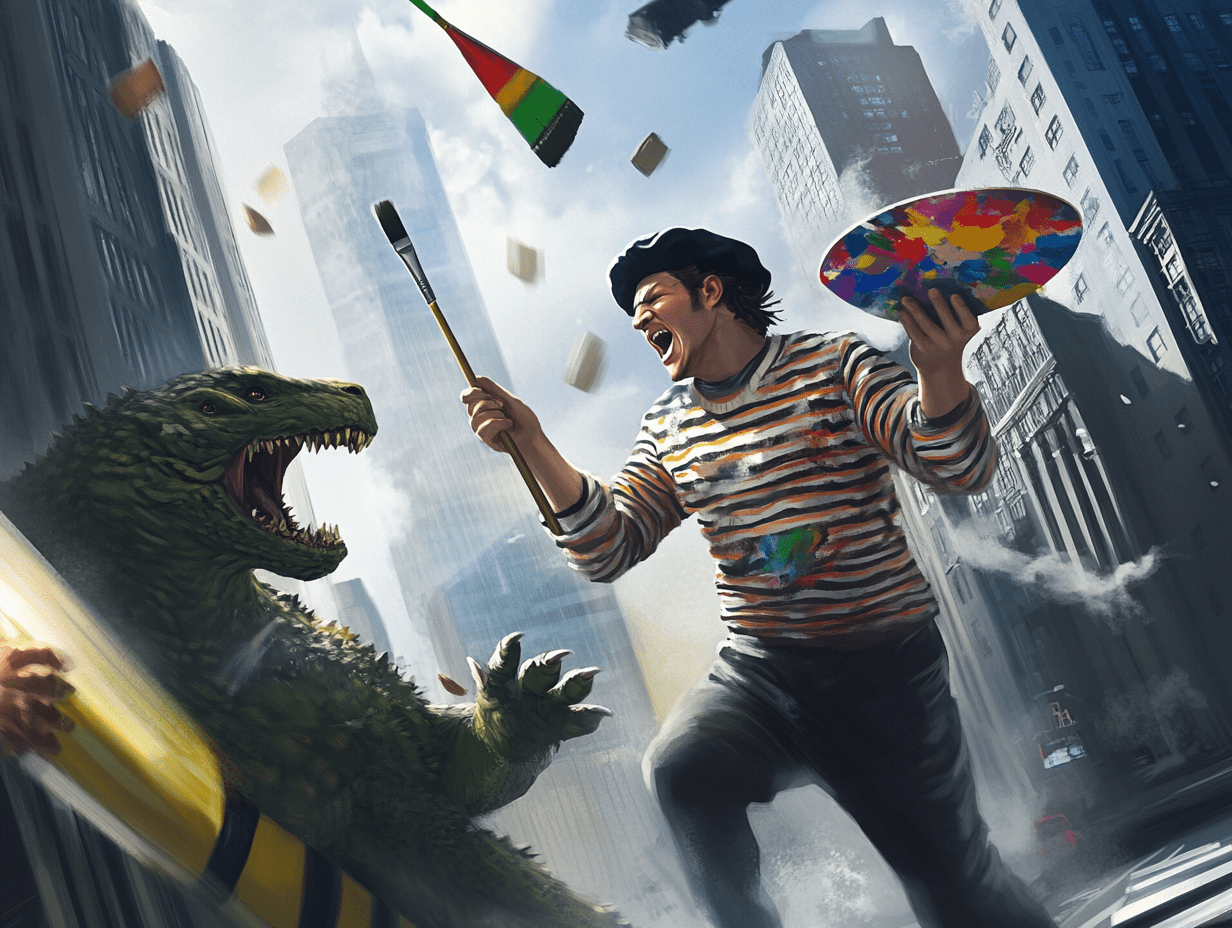
If there's a problem, only an artist can solve it
An analysis of the crisis in contemporary art and the essential role of artists as drivers of change and alternative vision.
Let’s use reductio ad absurdum. Imagine if, while walking through exhibitions, art fairs, and biennials, we could make disappear all the works and installations that fail to satisfy us — the ones we consider “evolved IKEA,” mere decoration, props from a sci-fi movie, or predictable reworkings of the antique market around the corner. What would be left? Emptiness. How could museums, exhibitions, fairs, and biennials stay open? How would they pay the salaries of dozens of people? In other words, something needs to fill the exhibition space — otherwise, everything shuts down, and we fall into predictable forms of nihilism. For this reason, art criticism — and more broadly, any form of critical thinking across sectors — cannot exist today without a pars construens, a constructive and viable alternative.
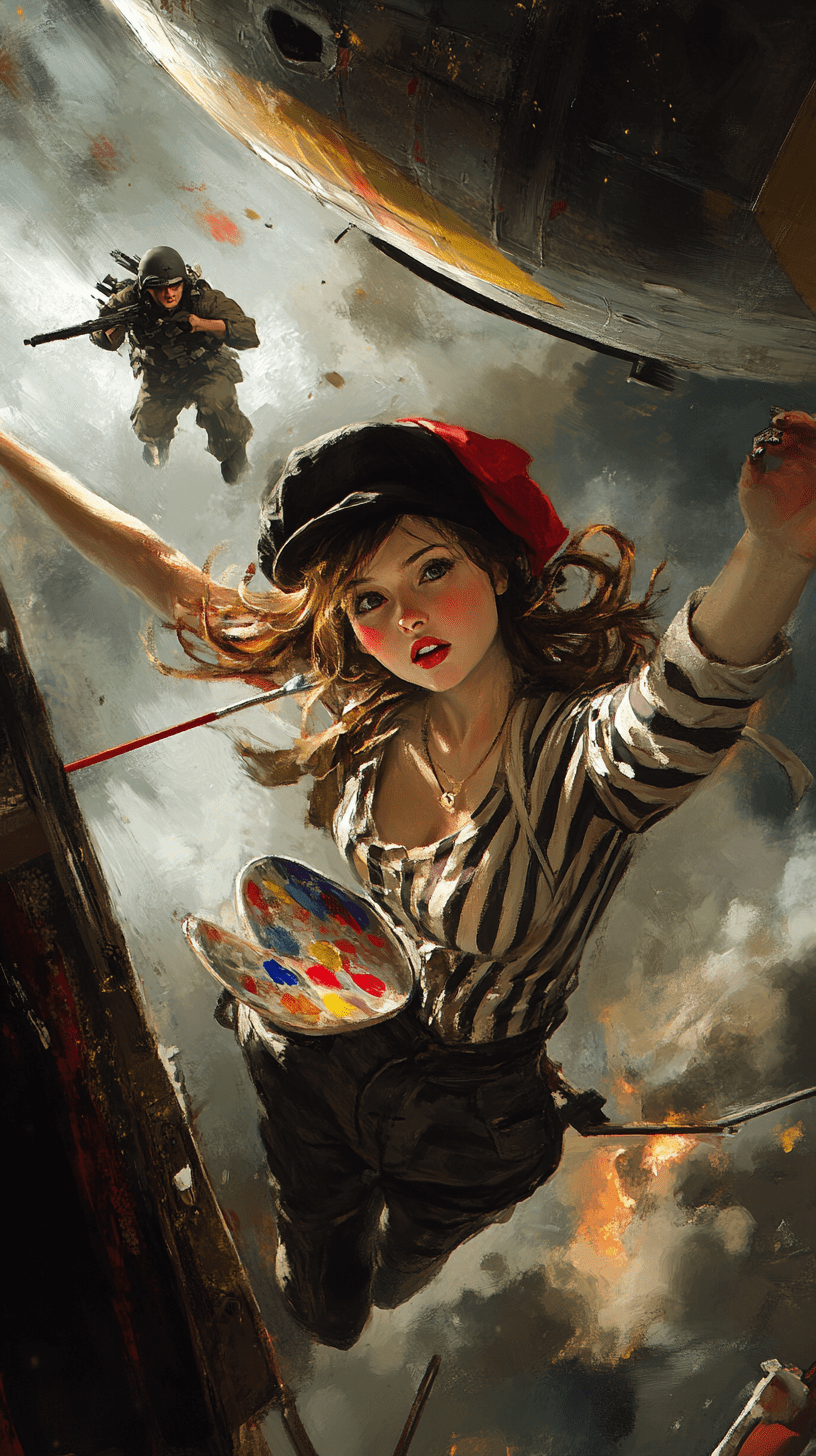 Luca Rossi, Girl Painter, image created with artificial intelligence.
Luca Rossi, Girl Painter, image created with artificial intelligence.
Criticism has become far too easy; with the rise of social media, we’ve come to know, for instance, the “keyboard warriors,” eager to unload every frustration onto their screens. Not to mention the so-called “haters.” We’re all great at criticizing from our phones, but what do we actually do beyond this sterile, self-contained negativity? Are we capable of doing better — of seeing alternative paths in relation to what we’ve criticized? When there’s a problem, we always need something active, reactive, creative to break out of the framework — to find a solution. Not the kind of “creative” who sits down to brainstorm a new slogan or sweatshirt-and-pants combo, but someone who can naturally and competently develop methods, attitudes, visions, and dispositions.
If we view the art world as a fundamental “political space” where we train ourselves to see differently, then every solution must come from the artists. Artists, before anyone else, must develop critical awareness and act accordingly. Exhibitions and artworks are NOT made by art fairs or curators. They are NOT made by gallerists or museum directors. They are not made by Biennials or Foundations. Even assuming a well-meaning curator is willing to reactivate and stimulate critical thinking, that curator still CREATES NOTHING. If we still need artworks — only artists can make them. But how can artists be truly autonomous when, aside from those established in the 20th century or the '90s, most are still at the mercy of — and waiting on — a call from a curator, a gallerist, or anyone with the power to 'help' them? How can they sustain critical thinking if it risks conflict — or alienating that so-called helper? But who is this person, really? And are we sure that 'this someone' can truly support the artist if they’re not willing to accept them as they genuinely are?"
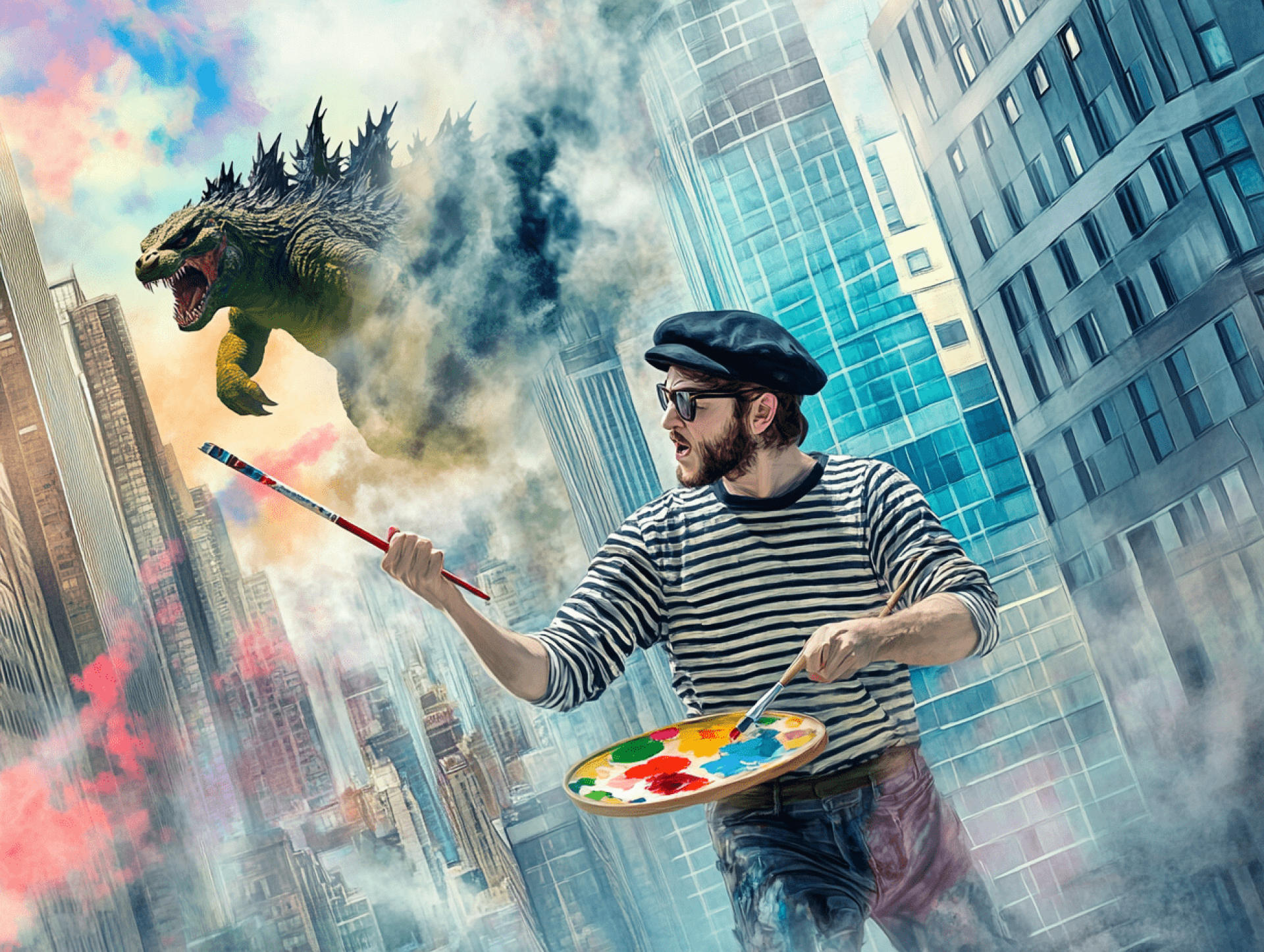 Luca Rossi, Painter and Godzilla, image created with artificial intelligence.
Luca Rossi, Painter and Godzilla, image created with artificial intelligence.
I’m convinced that the crisis and conformity in contemporary art largely stem from artists’ own resignation and sense of weakness. Precarity, the need to juggle multiple jobs, and economic dependence on 'the system' leave them stuck — paralyzed and confined to rigid, nostalgic positions. Too often, they’re stranded in derivative, homogenized languages designed to satisfy the entrenched tastes of 'painting,' 'Arte Povera,' or the reassuring dynamics of the 20th century — aesthetics that feel familiar only because we've already seen them.
Cover image: Luca Rossi, Painter and Godzilla, image created with artificial intelligence.
“Luca Rossi” has been described by Fabio Cavallucci as the most interesting artistic personality in Italy, the ‘art world's pain in the ass’ (Nicolas Ballario) and the ‘new Vanessa Beecroft’ (Giacinto Di Pietrantonio). Since 2009, “Luca Rossi,” an open collective, blogger, critic, curator, artist, and controversial figure in the art system, has been trying to stimulate more critical discussion on a daily basis in the field of contemporary art as a subject that could play a fundamental role in our present. From his own critical reflections, very popular in the art world, has descended unconventional artistic planning, popularization and training projects with the creation in 2016 of the “Luca Rossi Art Academy & Coaching.” Some “critical nodes” developed over the years by Luca Rossi (“Evolved Ikea,” “Young Indiana Jones Syndrome” and “Grandparents Parents Foundation,” etc.) have entered the language of Italian art and changed the perspective and vision of many practitioners and others. In 2014, famous art critic Angela Vettese said that since reading Luca Rossi's texts, she has decided to no longer devote herself to art practice but only to theory.
